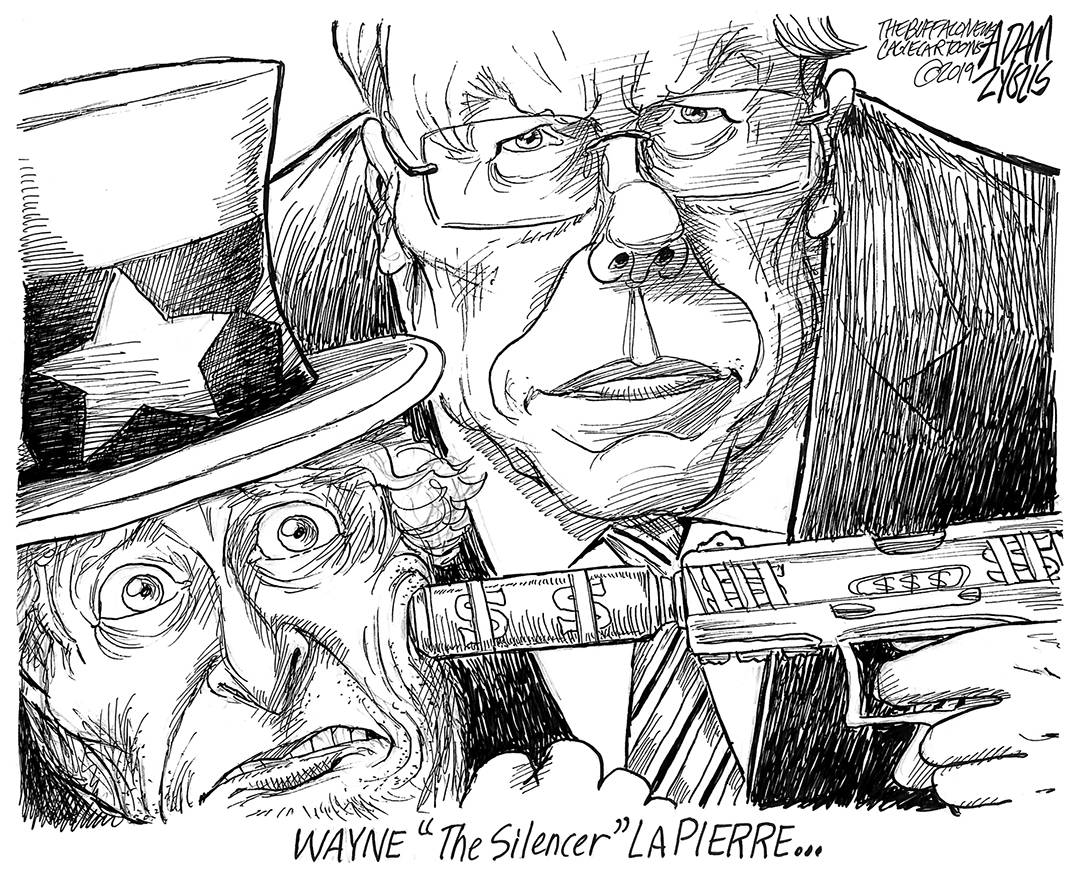By Scott Martelle
Los Angeles Times
The dead, of course, get the headlines. Four killed in Fresno, five in San Diego, two in Santa Clarita, all within the past week. Each loss is a tragedy that we try to salve with memorials, grief counselors, criminal trials of the perpetrators, all by now part of our rituals in processing what has become the inevitable: acts of gun violence.
And none of those steps quite do the trick because grief is not something you heal, it is something you endure.
Acts of gun violence linger differently for the wounded, whose grief over the loss of friends is compounded by their own physical and psychological trauma.
On Friday, Kimberly Gervais died at Redlands Community Hospital two years after she was shot during the massacre at the Route 91 Harvest music festival in Las Vegas. Autopsy results are pending, but the presumption is that the wounds she suffered —a bullet shattered her spine, leaving her a quadriplegic —led to her death. If so, that would bring the toll of that horrific event to 59 killed.
The interval between her wounding and her death were marked, according to a sister, by extreme pain.
“She hurt. Even though she was paralyzed … she could feel all the pain,” the sister, Dena Sarvela, told an Oregon television station. “It took almost a year before she was able to transport out to go back home to California, that was rough …. She lost her zest for life because of it, because of the shooting, because of her injuries that she sustained. It was hard to be that same person that we all know and love.”
The psychological effects linger as well, and sometimes debilitate.
Sean Brooks was 9 years old when a gunman stormed his family’s home in eastern Montana in 1987 and opened fire, killing the boy’s parents and grandmother. Brooks survived because the rifle jammed, but the gunman then swung it like a bat, delivering a severe head injury.
The brain injury and psychological trauma haunted him, his siblings told The Washington Post recently. He turned to drugs and booze to stave off the darkness, but the darkness finally won. After succumbing to liver failure, half of his ashes were left in an urn at his parents’ gravesite, and half scattered in the Yellowstone River.
There is no calendar for when the psychological trauma ends. Clai Lasher-Sommers was severely wounded more than a half-century ago, at age 13, by her stepfather. This past summer, she told Boston radio station WBUR that she still felt the effects of post-traumatic stress.
“You do not ever get rid of PTSD,” Lasher-Sommers said. “I don’t know anyone who has ever gotten over it.”
These are individual stories of pain, suffering and, in two of the cases, eventual death arising from encounters with someone carrying a weapon and bent on hurting others.
Those experiences are at once individual and universal because there are so many of them. So far this year, the Gun Violence Archive reports more than 26,000 people have been wounded or injured in acts of gun violence, a pace of about 95 people a day.
When coverage of shootings breaks into the public consciousness, people tend to focus on the dead. The finality rivets us.
But the wounded, the scarred, are just as much a part of the violent act. They are living memorials to a national scourge, and there are so many of them —more than 143,000 over the past five years.
The number grows by the day.
Scott Martelle, who joined the Los Angeles Times editorial board in 2014, is a veteran journalist and author of six history books.



